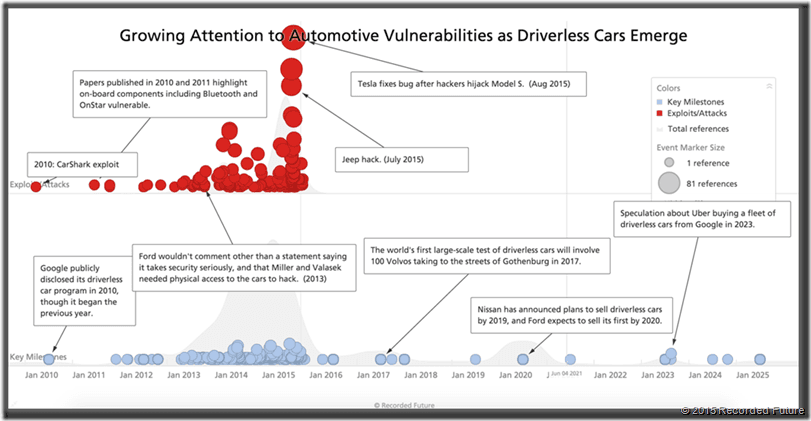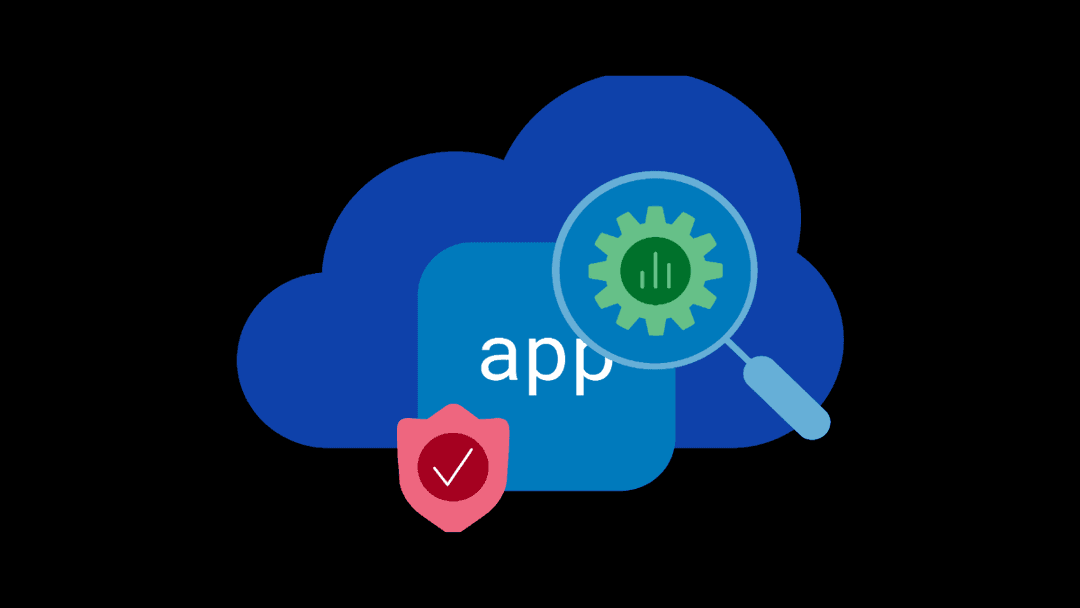Excuse for speeding 10 years from now: ‘Officer, it was the software.’
When I was in college, I would drive the 1040 miles from Marquette Univ. in Milwaukee to my parents' house in Rhode Island for things like summer vacation and semester break. It seemed to take forever, especially through Pennsylvania where the state speed limit at the time was 55 mph. I always tried to complete it straight through yet would inevitably feel my head start to drop, meaning it was time to pull off at a rest stop in Connecticut for a nap, some 3 hours from my goal. This is back when they still had toll booths on the Connecticut turnpike.
As an adult, my family has driven the 2000 miles from California to Minnesota to visit relatives. In both instances, I wished I could simply doze off, get some sleep, stay on the road, and awake a couple hundred miles closer to the destination. Yes, we alternated drivers but that also meant I wasn’t driving. For some reason, it always seemed much more likely that I'd start falling asleep while holding the steering wheel than while in shotgun position.
Soon, you just might be able to notch that seat back and recline or even stretch out in the way back – do I hear third row? – while your car continues on its merry way. Deutsche Telekom and Nokia conducted the first demonstration of car-to-car communication over a high speed cellular connection with close to 5G performance. And they did it on the recently inaugurated Digital A9 Motorway Testbed – Germany’s Autobahn. The cars connected over a regular LTE service optimized for rapidly moving vehicles. They used a cellular network since it is already in place and didn’t need to negotiate a digital handshake to connect.
Nokia says that its technology cut the transmission lag time to under 20 milliseconds, versus today’s limit of 100+ milliseconds, give or take. And it is counting the relay time from one car to another, via a central cloud. This was simply a test to see how self-driving cars could communicate while travelling at high speeds. These connected cars will have a lot of data chatter, but outside our earshot.
There is also growing attention to automobile vulnerabilities as more of these driverless cars start to appear on our roads. Recorded Future has a great graphic showing some of the attacks and exploits against automakers, vehicles and components since 2010.

Just like our applications, there is a growing list of the types of connected vehicle focused hackers. From researchers to criminals, insiders to competitors, and even nation states are all trying to target these vehicles for their own purposes. And they all have their own motives as you can imagine. TechCrunch has an excellent article Connected Car Security: Separating Fear From Fact which digs into the short history of car vulnerability research along with the various players and what they are seeking out of the equation.
Meanwhile, Ford Motors announced that they will begin testing self-driving cars at a Michigan facility called Mcity. A fake town with stores, crosswalks, street lights and other scale structures to test the software and sensors controlling the car. They’ve also announced that whatever driver data is generated (which can be up to 25 GB an hour) is the customer’s data. Ford says they will only share it with the customer’s informed consent and permission.
And lastly, a Google self-driving car was lit-up by a CHiP in Mountain View for going too slow – 24 mph in a 35 zone. Too bad no one was at the wheel to sign for the ticket. The officer quickly realized that he pulled over an autonomous car and asked the human passenger about the speed settings while reminding him of the CA vehicle code. This model tops out at 25 mph for safety reasons and no ticket was issued.
And in the future, remember this: ‘Officer, it was the software.’
ps
Related:
- Cars Talk To Cars On The Autobahn
- Connected Car Security: Separating Fear From Fact
- Cop pulls over Google self-driving car, finds no driver to ticket
- Ford: Our cars will give you control of your driver data
- From Car Jacking to Car Hacking
- IoT: Tabs to be Read Later
About the Author
Related Blog Posts

SaaS-first strategies reshape cloud-native application delivery
F5 NGINXaaS empowers cloud and platform architects to unify operations, reduce complexity, and deliver exceptional digital experiences at scale.

F5 ADSP Partner Program streamlines adoption of F5 platform
The new F5 ADSP Partner Program creates a dynamic ecosystem that drives growth and success for our partners and customers.

Accelerate Kubernetes and AI workloads with F5 BIG-IP and AWS EKS
The F5 BIG-IP Next for Kubernetes software will soon be available in AWS Marketplace to accelerate managed Kubernetes performance on AWS EKS.
F5 NGINX Gateway Fabric is a certified solution for Red Hat OpenShift
F5 collaborates with Red Hat to deliver a solution that combines the high-performance app delivery of F5 NGINX with Red Hat OpenShift’s enterprise Kubernetes capabilities.
F5 Silverline Mitigates Record-Breaking DDoS Attacks
Malicious attacks are increasing in scale and complexity, threatening to overwhelm and breach the internal resources of businesses globally. Often, these attacks combine high-volume traffic with stealthy, low-and-slow, application-targeted attack techniques, powered by either automated botnets or human-driven tools.
Phishing Attacks Soar 220% During COVID-19 Peak as Cybercriminal Opportunism Intensifies
David Warburton, author of the F5 Labs 2020 Phishing and Fraud Report, describes how fraudsters are adapting to the pandemic and maps out the trends ahead in this video, with summary comments.